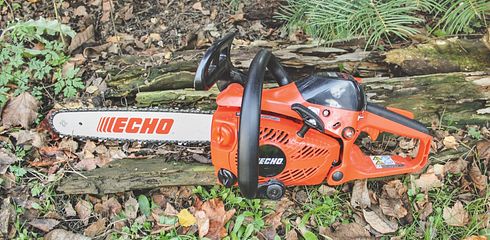If you are a passionate hunter, you are certainly aware that hunting often takes place in challenging terrain that can be not only demanding but also dangerous. In such situations, an all-wheel drive (4x4) can be a tremendous help in moving safely and successfully through the terrain. In this article, we will highlight why all-wheel drive is so important for hunting and how it works.
Why All-Wheel Drive is Important
An all-wheel drive offers numerous advantages over conventional front or rear-wheel drive, which can be particularly significant during hunting. Here are some of the most important reasons why you should consider an all-wheel drive for your hunting trips:
Superior Traction
An all-wheel drive ensures that all four wheels of the vehicle are powered, resulting in significantly better traction on difficult terrain. This is especially useful when hunting in muddy, snow-covered, or rocky areas where conventional drives quickly reach their limits.
Increased Ground Clearance
Vehicles with all-wheel drive generally offer higher ground clearance than those with front or rear-wheel drive. This allows them to navigate over uneven surfaces and obstacles more easily without getting damaged or stuck. This is crucial when moving through dense underbrush or over rocky paths.
More Control
An all-wheel drive allows you to better control the vehicle and minimize the risk of it slipping or getting stuck in the terrain. This is particularly important on steep or slippery slopes and when navigating through rough terrain. This control can make the difference between a successful hunting trip and a dangerous incident.
How Does All-Wheel Drive Work?
An all-wheel drive uses an additional differential and an extra drive shaft to distribute the engine's power to all four wheels. In contrast, a conventional front or rear-wheel drive only transmits power to the two wheels closest to the engine. There are various types of all-wheel drives, but most modern vehicles use either a permanent or a switchable system.
A permanent all-wheel system ensures that all four wheels are always powered. This continuously provides the best possible traction, regardless of the conditions. A switchable system, on the other hand, is activated only when necessary, such as in bad weather or difficult terrain. This saves fuel and reduces wear when the additional drive resources are not needed.
Despite its advantages, an all-wheel drive can also have disadvantages. For example, it is heavier and more expensive than a conventional drive due to the additional components, which increases both the purchase costs and fuel consumption. On smooth roads, it can also lead to an increased braking distance, as traction on the wheels may be limited.
An all-wheel drive can be a tremendous help for hunting, as it offers better traction, higher ground clearance, and more control in difficult terrain. However, it is important to keep in mind that an all-wheel drive can also have disadvantages. Depending on the terrain and weather conditions, it is also possible to hunt successfully without all-wheel drive.
If you decide to use a vehicle with all-wheel drive, you should ensure that it is robust enough to meet the demands of hunting. Look for sufficient ground clearance, good traction, high off-road capability, and good build quality. Overall, an all-wheel drive can be a valuable tool for hunters to navigate successfully through difficult terrain and transport their game safely and effectively. With the right choice of vehicle and an adapted driving style, you can fully exploit the advantages of an all-wheel drive and elevate your hunting experiences to a new level.





























